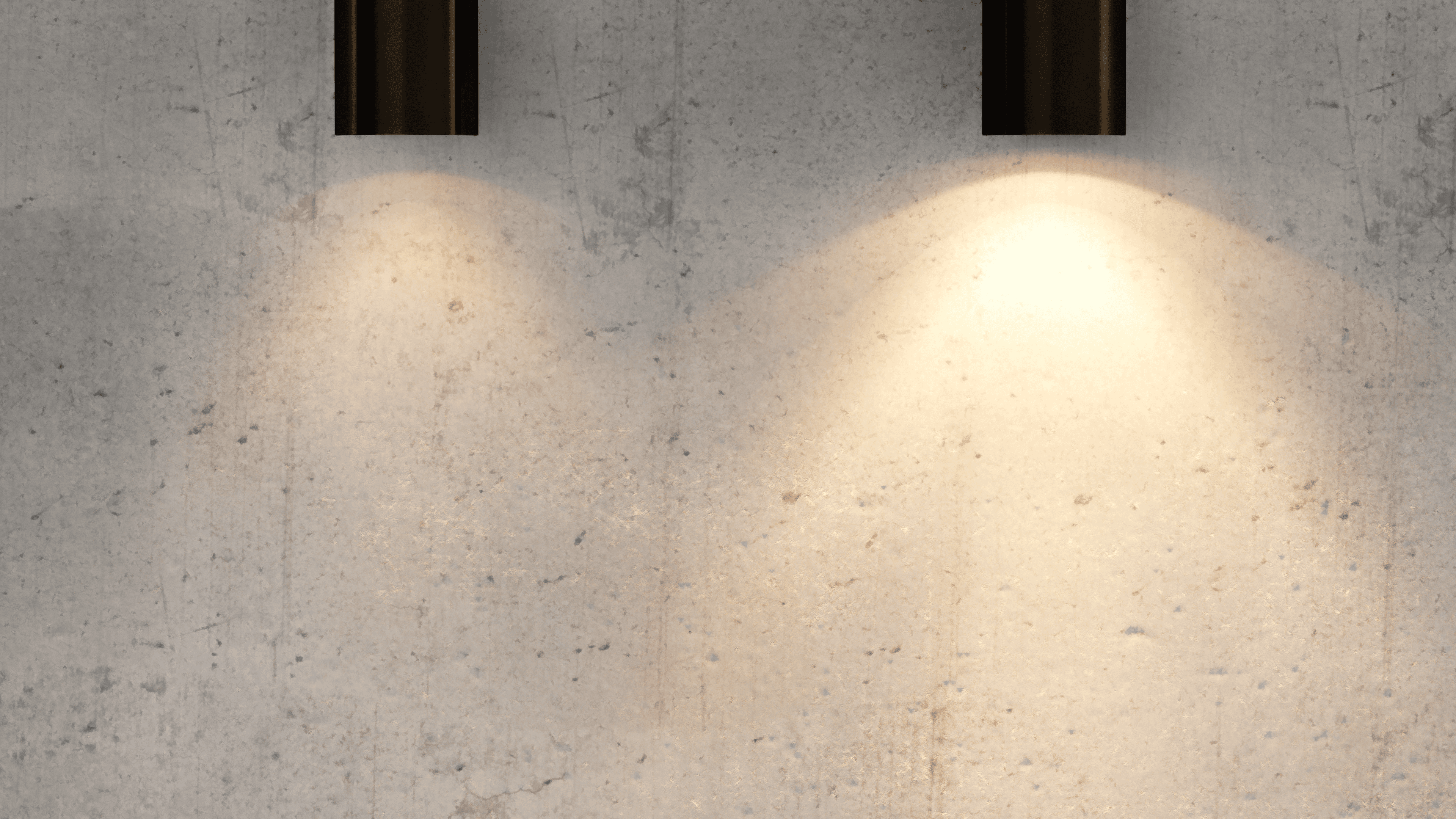
ARX Dimming Protocols
Dimming options explained. Signal, Direct, Remote and various control protocols.
Dimming ARX lighting products
ARX products have two primary modes of dimming, dependant on the internal LED used in the fitting. There is a third option which is no internal driver and to power via an external constant current remote driver. Not all options are available in all fittings, please check individual product pages and datasheets.
Signal Dimming (3 Wires, Parallel Power + Signal)
In this scheme, two wires carry power to each fitting and they are all connected in parallel. A separate dedicated signal wire carries the control signal to each fitting. This results in a total of 3 wires. The signal is controlled by an interface box that converts an incoming DALI, DMX or Casambi signal into the output signal that goes to each fitting.
- Advantage: Smooth, consistent dimming at each fitting regardless of individual fitting power output. More efficient as the signal modifies the output current of each individual driver inside each fitting.
- Disadvantage: Requires more planning and 3 conductors to each fitting.
Direct Dimming (2 Wires, Parallel)
In this scheme, two wires carry power to each fitting and it's all connected in parallel. The low voltage power supply then dims the output power according to it's input control protocol (DALI, DMX, TRIAC, Casambi etc).
- Advantage: Simple to implement
- Disadvantage: Can't be configured in many fittings where the LED voltage isn't close to the power supply voltage (e.g. 24VDC). Most LEDs are 3V, 12V or 36V. We can only implement this style of dimming where we can use an LED array close to 24V. Less efficient. Dimming curves may be different across different types of fittings.
Remote Dimming (2 Wires, Series)
In this scheme, each fitting has a bare LED inside without any driver. The low voltage power supply must be a Constant Current type and the fittings all wired in series. The dimming protocol is whatever the constant current power supply is capable of.
- Advantage: Relatively easy to implement, although series wiring has complications.
- Disadvantage: Series wiring can be complicated in large installations. Long rungs of many fittings may exceed SELV DC voltages. If one fitting fails, they all fail. No protection for LED components, they are exposed to transient line voltages.